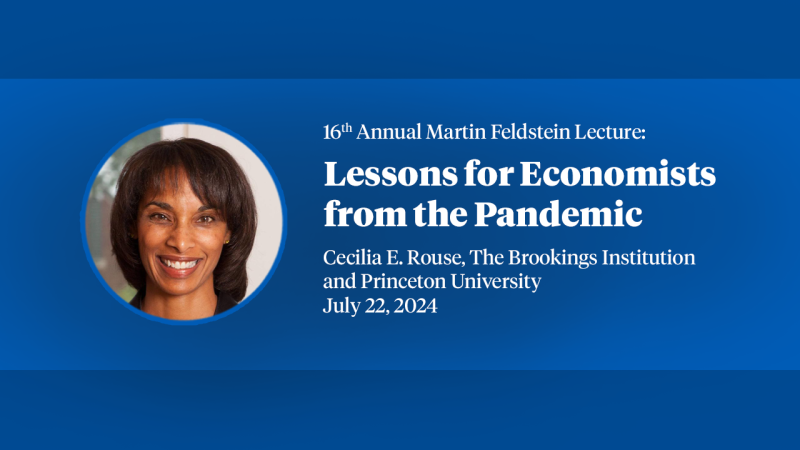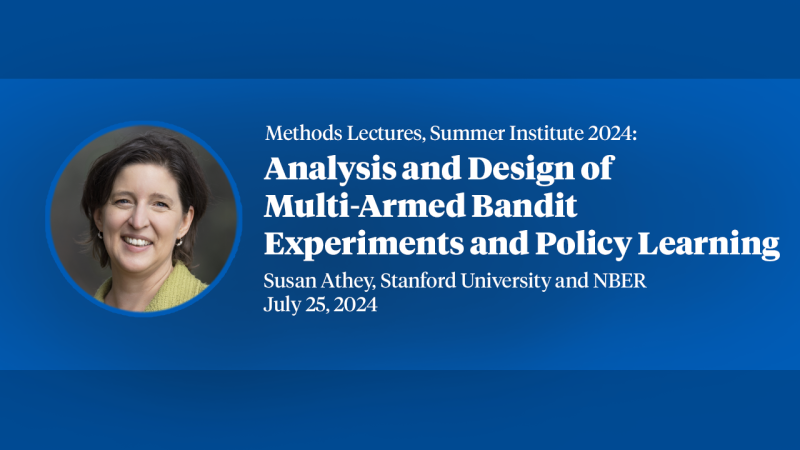Twin Crises
Many recent crises, including the Tequila and Asian crises, have been different from earlier periods when currency crises coincided with banking crises, and fiscal deficits were not the main villains. My research with Jeffrey D. Sachs and Andres Velasco indicates that these "new" crises do not spread randomly across countries, but typically are preceded by a real exchange rate appreciation and a lending boom, along with debts denominated in foreign currency.2
When the crisis hits, a real depreciation takes place. Since many agents, including those in nontradable sectors, had denominated their debts in foreign currency during the boom years, the real depreciation implies dramatic balance sheet effects. Many agents see the value of their debt mushroom, while their revenues remain flat. This results in a reduction in their ability to service debt as well as in plummeting net worth.
In subsequent work with Anne O. Krueger, I studied the evolution of Mexico and other emerging economies in the aftermath of crisis.3 Typically, after a short-lived recession, aggregate GDP recuperates quite quickly. However, a long lasting credit crunch develops. This crunch affects mainly small and medium firms in the nontradable sector, and has made evident the central role played by bank credit for such groups of firms. Developed economies typically experience neither such pronounced asymmetrical sectoral patterns nor such dramatic boom-bust cycles. The objective of my theoretical research in this area has been to develop a framework to explain these facts, as well as to evaluate the effects of monetary and fiscal policies in emerging economies.4 In this article, I briefly describe the stylized facts and then present an overview of my theoretical research.
The boom-bust cycle experienced by Mexico around the Tequila crisis, and Thailand around the Asian crisis, is typical of countries undergoing twin currency and banking crises. Typically, prior to such a twin crisis an economy experiences: 1) a lending boom, along which bank credit to the private sector grows unusually quickly; and 2) an appreciation of the real exchange rate. When a twin crisis occurs, the real exchange rate depreciates, and the banking system "goes under." Typically, that failure is not caused by a run on banks by depositors, but rather by a sharp deterioration in the banks' loan portfolio; many borrowers are unable to service their debt. To save the banking system, bailouts are granted, frequently with IMF support. Despite this support, in the aftermath of crisis there is: 1) a recession, which is typically short-lived (GDP usually starts to grow in the second year after the crisis); and 2) a long-lived credit crunch that develops parallel to an expansion in GDP.
The puzzling coexistence of a credit crunch and GDP growth several years after the crisis reflects the fact that aggregate GDP performance masks an asymmetric sectoral performance. In the aftermath of crisis, the tradable (T)-sector experiences an acceleration of growth, while the nontradable (N)-sector experiences a fall and a sluggish recuperation. In contrast, prior to a crisis, the N-sector grows faster than the T-sector.
This asymmetric sectoral response is associated with the fact that the credit crunch mainly affects households and small and medium-sized firms in the N-sector. Firms in the T-sector are not very dependent on bank credit, because they have access to other forms of external finance: trade credit, as well as equity and bond markets. In contrast in emerging economies, N-sector agents are heavily dependent on bank credit, which is determined mainly by collateral values, not investment opportunities.
In joint work with Martin Schneider, I develop a framework for explaining the boom-bust cycle just described. We consider a model that stresses the asymmetric pattern of the N and T sectors along the cycle, and the importance of bank credit as the prime source of external finance for the N-sector.
The key effects stem from the interaction of two distortions: imperfect enforceability of contracts, which induces borrowing constraints; and systemic bailout guarantees that insure lenders against only systemic -- as opposed to idiosyncratic -- credit risk.
The interaction of these two distortions generates a self-reinforcing mechanism that is key to explaining the facts. On the one hand, if there is real exchange rate risk, agents might find it optimal to borrow in dollars (that is, to denominate their debt in T-goods). This is because the subsidy implicit in the systemic bailout guarantee can be cashed in only if the borrower is unable to repay in some state of systemic crisis. On the other hand, if a critical mass of agents denominate their debt in foreign currency (T-goods), then the economy becomes vulnerable to twin crises, giving rise to real exchange rate risk. That is, if the amount of T-denominated debt is high, a real depreciation can severely squeeze cashflow, or even bankrupt banks altogether. Since they face binding borrowing constraints, the banks then have to curtail lending to the N-sector. Weak investment demand from the N-sector for its own products in turn validates the real depreciation. That is, the economy becomes vulnerable to self-fulfilling crises in which a real depreciation coincides with a meltdown of the banking system.
The self-reinforcing feedback just described can generate a boom-bust cycle in an economy following financial liberalization and structural reform. This occurs because a brighter future encourages the N-sector to run a deficit and to build up productive capacity. Deficits are financed through banks, which in turn borrow from abroad. Growth is gradual, because borrowing constraints are relaxed only through the reinvestment of profits.
Absent bailout guarantees and adverse exogenous shocks, this transition path will not see risky debt denomination. If bailout guarantees are present, their interaction with borrowing constraints both fuels the boom and induces endogenous volatility. Guarantees alleviate the "underinvestment" problem usually associated with constrained banks. They permit high leverage with debt denominated in T goods, and faster credit growth. As a result, the N-sector also grows faster than if guarantees were absent. Since N goods are demanded for investment by the N-sector itself, both output and the relative price of nontradables increase during the boom. Indeed, since debt is denominated in T goods, a real appreciation (a relative price increase) increases banks' cash flow. For constrained banks, this translates into more lending through a "balance sheet effect". More lending, in turn, permits more investment in N goods, which absorbs the higher output.
However, the debt burden eventually becomes high enough to make the economy vulnerable to the twin crises just described. Importantly, such crises are not merely financial, but have substantial output costs: in the crisis period, internal funds and investment demand collapse. This leads to a drop in N-sector output. Subsequently, balance sheet effects permit only a slow recovery. This provides an account of a complete boom-bust episode.
Let us now turn to policy issues. The fact that financial markets are not well developed in emerging economies implies that bank credit is the only source of external funds for a large set of agents in the economy. As a result, many agents are not able to exploit all investment opportunities. Instead, their investment will be determined mainly by collateral values. In this world, lending booms are episodes during which borrowing constraints are eased. To the extent that there is underinvestment in the economy, these episodes may lead to an increase in long-run growth.5
Generally, during lending booms capital inflows from abroad are channeled to domestic agents through the domestic banking system. Since the banks typically enjoy systemic bailout guarantees (implicit or explicit), one observes risky debt structures, such as foreign-currency denominated debt (for the reasons we described earlier). Therefore, higher economic growth comes at the cost of greater vulnerability to crises, which are followed by long lasting credit crunches.
The issue then arises as to whether there are other means for easing borrowing constraints and promoting growth. Clearly, implementing judicial reform and establishing an efficient regulatory framework will achieve this goal. That would allow firms to diversify away from bank credit and to access other forms of external finance. However, the evidence indicates that judicial reform is "more easily said than done." It seems that in the near future, bank credit will continue to be the prime source of external finance for a large set of firms in emerging economies. Given this fact, two important research questions arise. First, is there a way to improve the trade-off between long-run growth and the severity of the boom-bust cycle? Second, what are the appropriate monetary and fiscal policies in the aftermath of crisis? I am currently working on these issues.
2. J. D. Sachs, A. Tornell, and A. Velasco, "The Collapse of the Mexican Peso: What Have We Learned?" 5142 , June 1995, and in Economic Policy, 22 (April 1996), pp. 13-63; J. D. Sachs, A. Tornell, and A. Velasco, "Financial Crises in Emerging Markets: The Lessons from 1995," 5576 , May 1996, and in Brookings Papers on Economic Activity, 27 (1) (1996), pp. 147-99; and A. Tornell, "Common Fundamentals in the Tequila and Asian Crises," 7139 , May 1999.
3. A. O. Krueger and A. Tornell, "The Role of Bank Restructuring in Recovering from Crises: Mexico 1995-98," 7042, March 1999.
4. J. D. Sachs, A. Tornell, and A. Velasco, "The Mexican Peso Crisis: Sudden Death or Death Foretold?" 5563, May 1996, and in Journal of International Economics, 41 (4) (November 1996), pp. 265-84; M. Schneider and A. Tornell, "Balance Sheet Effects, Bailout Guarantees, and Financial Crises," 8060 , December 2000.
5. A. Tornell, "Policy in an Economy with Balance Sheet Effects," in Preventing Currency Crises in Emerging Markets, S. Edwards and J. A. Frankel, eds., forthcoming from the University of Chicago Press, 2002.


